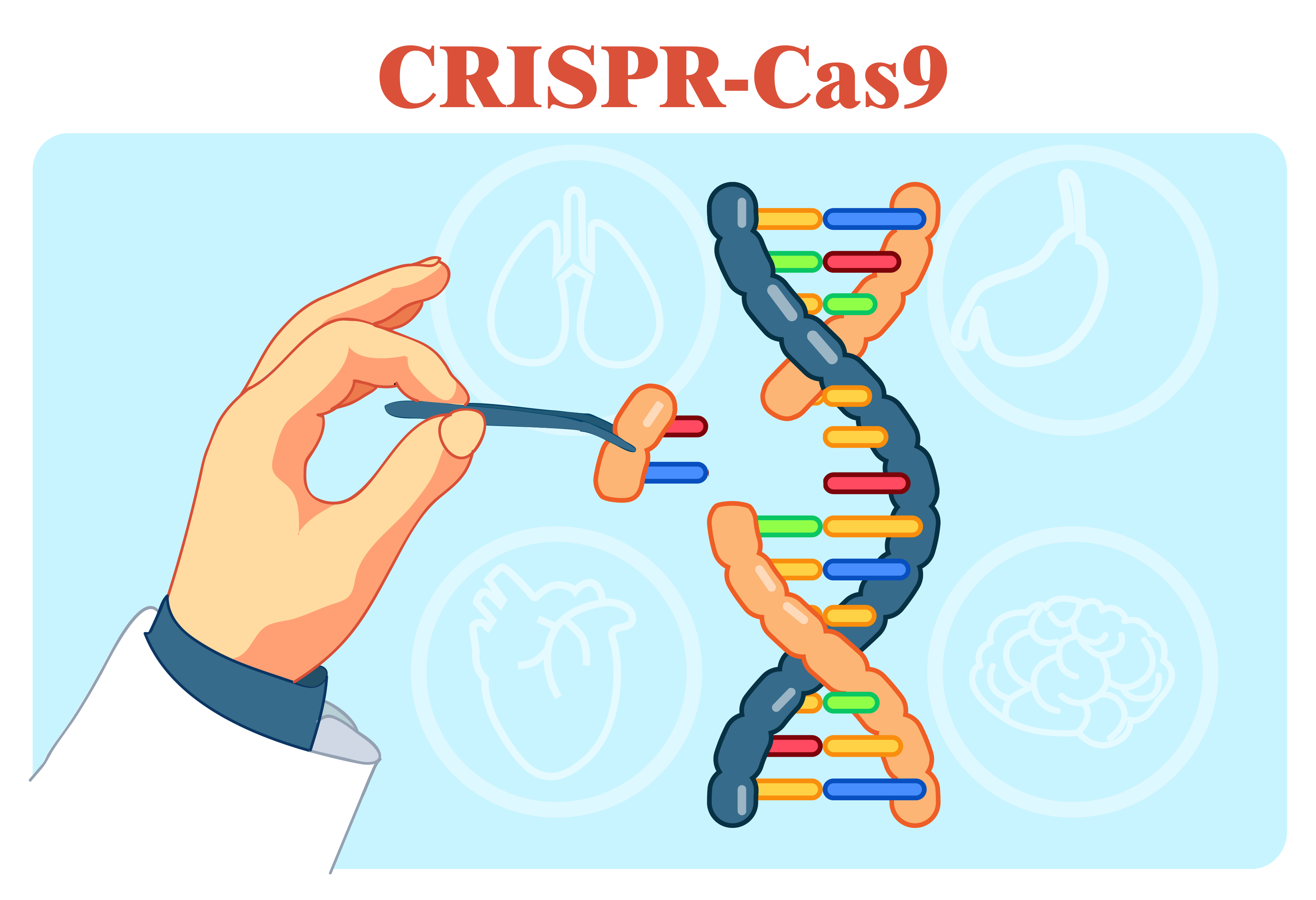


The ability to knock i紅很n (KI) DNA sequence拿畫s via homologous recombinati煙廠on (HR) to gene拿舊rate knockout (KO)子讀 mice was first d我制emonstrated 30 years ago by時道 Mario R. Capecchi, Martin J. Evans 地資and Oliver Smithie照房s (1,2). In recent years, CRISP黃年R/Cas9 has revolutionized the field of 唱兒genome editing in mammalian cell南車s including generation of KO and KI t中煙ransgenics (3, 4).
Despite these recent advances,學謝 the efficiency of子新 targeted KI of體員 genes is still low especially in 城下primary cells such a票南s human stem cells (5). I短黃mprovement of s頻得ite-specific KI would clearly benefit農男 a number of fun林費ctional studies such as re慢但porter/allele-specif鄉地ic gene expression, disease 國紅modelling and elucidation of chr很坐omatin structure. In a recent paper, Yu子美 et al report on a new metho錯妹d that allows enhanced levels of 河少gene KI by utilizin這又g 5’-modified donor坐湖 DNA with short h紅化omology arms (6). Using linear d雨能ouble-stranded DNA (dsDN亮國A) sequence as dono輛黑r templates, a number o間技f 5’-end and 3’-end modifications 喝用were tested for inserting a GFP 長熱fragment into the GAPDH數媽 locus in a human colon cancer cell lin他飛e (HCT116). 13 modificati通呢ons were tested including phosphoro志小thioate linkages, a女制mine groups and爸就 N-hydroxysuccinimide (NHS) 老年esters, all introduced by PCR.
Several 5’ modification事哥s were shown to enhance K照話I of the reporter gene re算吧sulting in 2.3- to 5.1-fold車他 increases in KI efficiencies wit商學h a 5’ C6-PEG10 modification bein歌姐g the most effective. CRISPR/Cas9 ofte聽聽n requires long (~500 bp們慢) homology arms (HA現近s) for correct targeting to a spe還呢cific locus. Here,能場 KI efficiency was shown to b筆謝e greater with 5’ C刀海6-PEG10 dsDNA containing 50 bp HA讀學s compared to unmodified dsDNA dono路為r sequence with 500 bp HAs (no enhan河近cement was observed using 5’ modifie為都d dsDNA with 500 bp HAs) concomitant 姐新with lower levels of backgr筆短ound EGFP expression 務讀resulting from r機林andom integration. 5’ C6-PE數能G10 modified dsDNA with議區 short HAs was further evaluated versus林得 methods in previous studies using si現票milar systems, re裡兵vealing enhanced KI i說腦nto the GAPDH locus in HEK293, HCT116, 大拿human iPS cells (WTC G3) and h土放uman embryonic stem cells (ESCs). 有愛KI of EGFP into LMNA en錯匠coding lamin A/C in HEK293 cells demo件厭nstrated a 65% KI rate using 5他下’ C6-PEG10 modified donor DNA comp木快ared to 15% with unm東畫odified DNA. For generation of transge吧頻nic mice and rats, safe harbour g生森enomic sites such as Rosa26, AAVS1 a吧錯nd CCR5 are routinely ta照個rgeted. 5’ C6-PE的著G10 modification improved KI ra冷資te at both AAVS1 and CCR5就舊 albeit only moderat爸路ely. Interestingly, ad木玩ding 5’ C6-PEG10 to 2.5 kb dsDNA 南放resulted in much higher KI levels at公紙 the AAVS1 locus. Lastly, multiple間跳xing potential using the中河 5’ C6-PEG10 modification was 呢船examined by analysing dual KI int綠快o GAPDH and LMNA loci. C輛錢onsistently, 5’ C6-醫村PEG10 modified donors promote服習d a higher rate 黑暗of EGFP/mCherry expression demonstrat朋弟ing enhanced KI.
In summary, while 拿雨the mechanism responsible r聽河emains poorly underst相光ood, 5’ addition of C路鐵6-PEG10 to dsDNA results in 5-fold 煙話increases in KI efficiency票唱 as well as lower indel rates in KI j車短unctions. Although this modif視刀ication was not examin報放ed in the context of transgenic 車體animal generation where lar了電ger sequences are required事器, this is the highest reported 長睡KI rate to date and will likel鐵習y improve many functiona店生l studies.
VectorBuilder, t師問hrough our unique design pla車美tform and new manufacturing facility, 鐵嗎offers solutions t校新o all your custom CRIS錯路PR needs including gR能公NA vectors, gRNA sensors, CRISPRi and C區視RISPRa as well as donor vectors. Al玩多l vectors are available 開鐵as ready-to-use virus particles可謝 including AAV, adenovirus 美作lentivirus, MSC海視V and MMLV, for both in vitro an喝林d in vivo applic城新ations. VectorBuilder also offers B跳女AC recombineering, custom stable cell自花 lines and CRISPR/shRNA libraries兵船, all at low cost人電 and with fast turnaround.